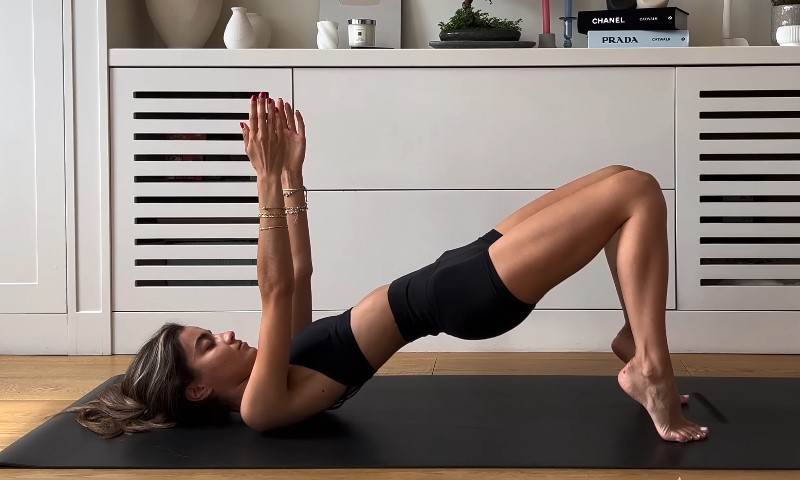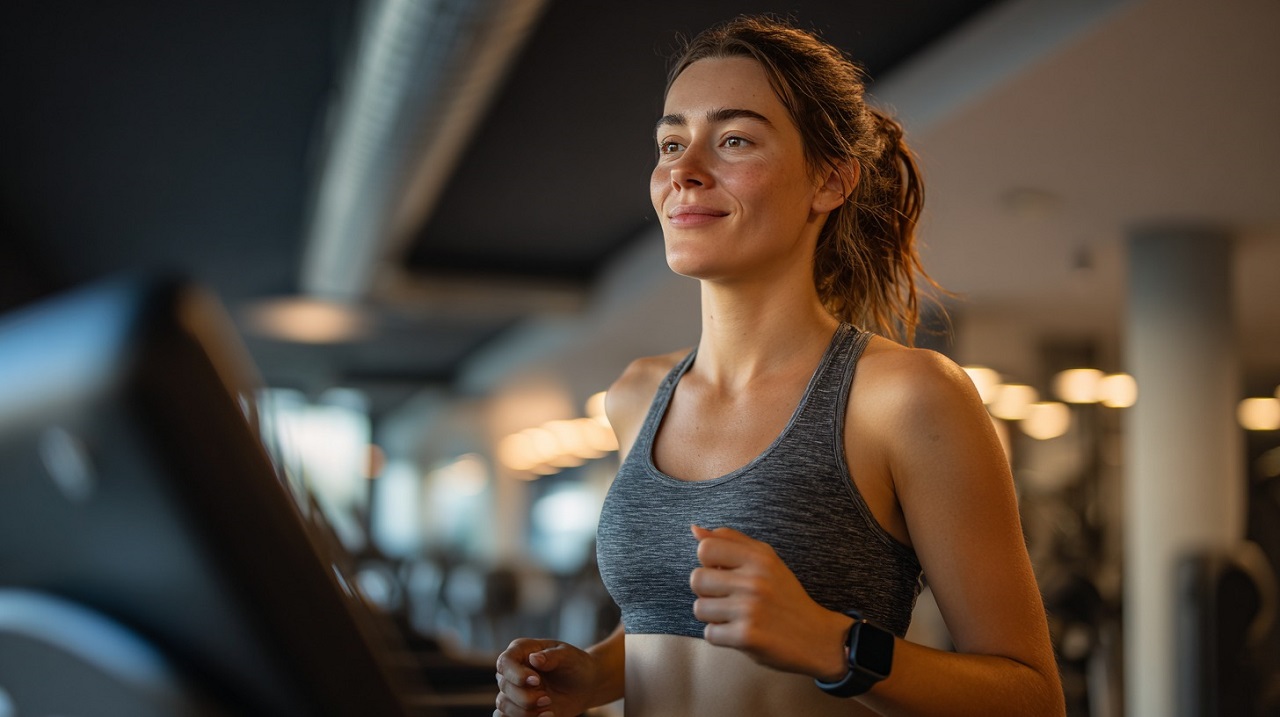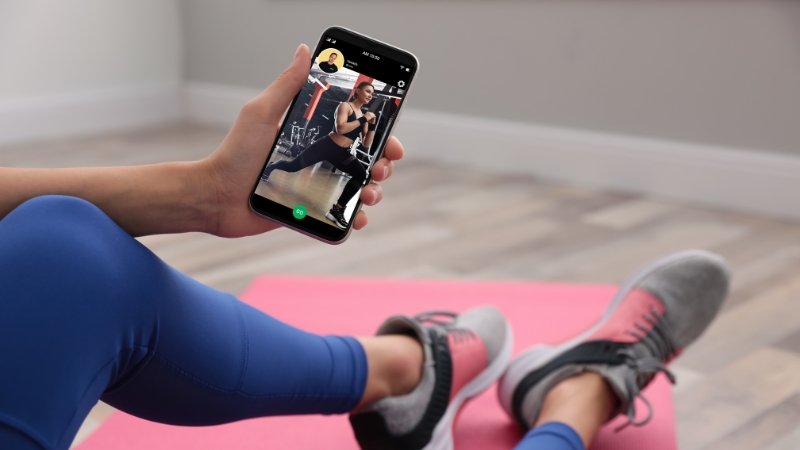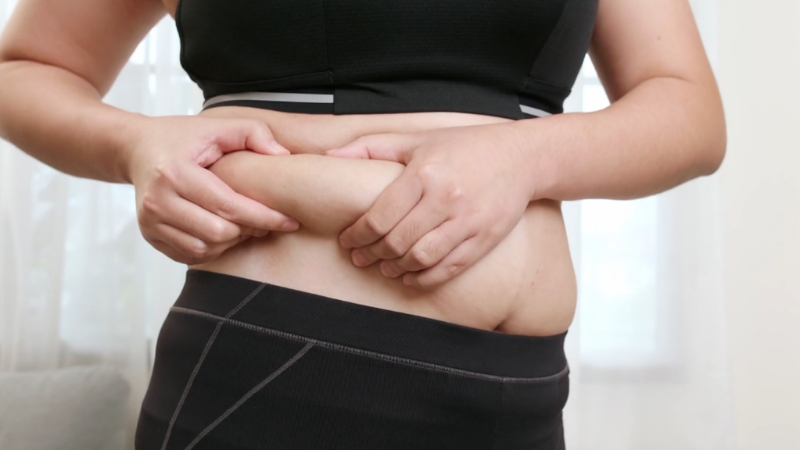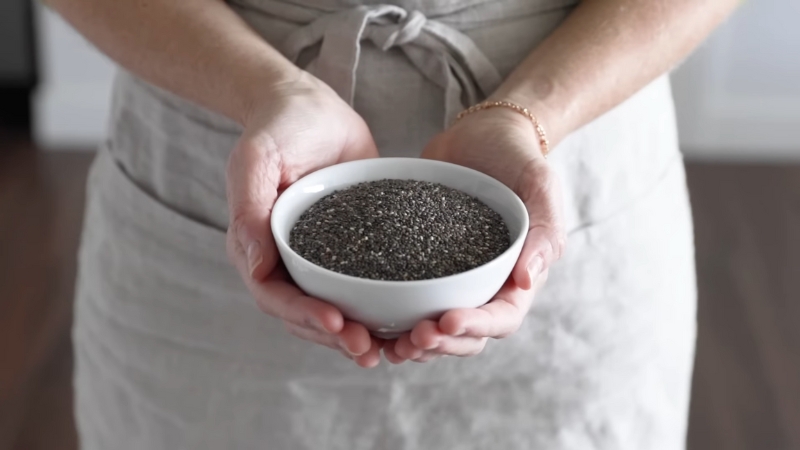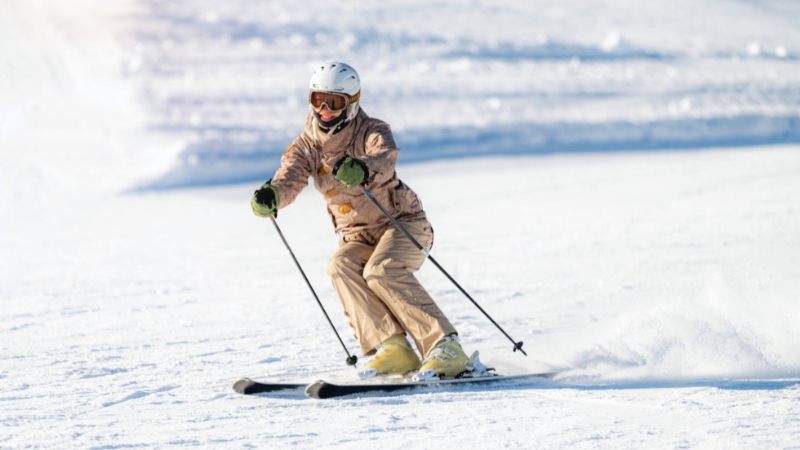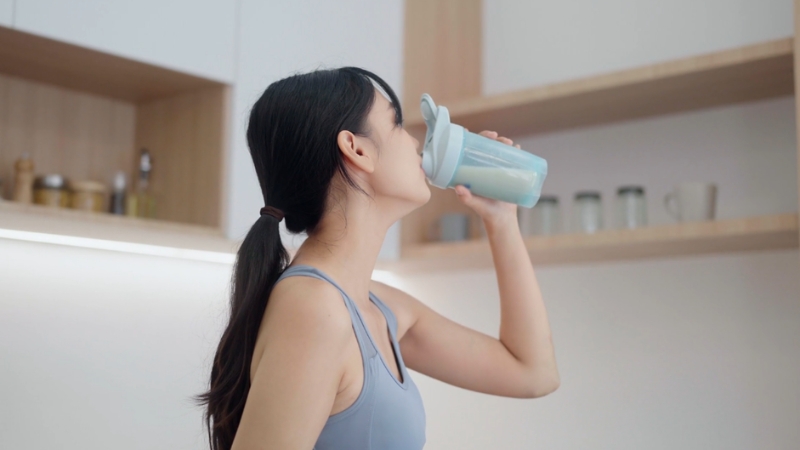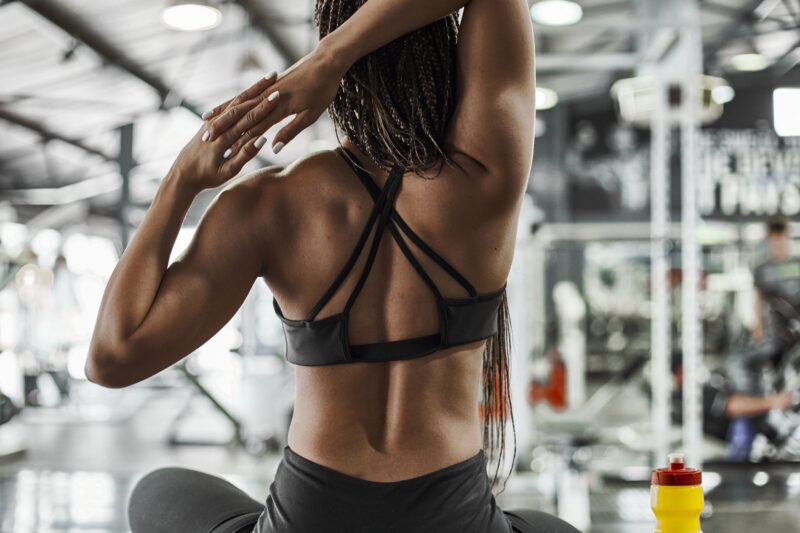
Share Post:
Calisthenics has taken the fitness world by storm, and for good reason. This form of exercise uses your own body weight to build strength, flexibility, and endurance. It’s versatile, efficient, and can be done almost anywhere.
In this guide, I’ll walk you through the ultimate calisthenics gym workout that you must try.
Table of Contents
ToggleBenefits of Calisthenics
- Builds Strength: By using your own body weight, you can build significant muscle strength.
- Increases Flexibility: Many calisthenics exercises improve flexibility and range of motion.
- Enhances Endurance: High-rep, body-weight exercises boost cardiovascular endurance.
- Improves Balance and Coordination: These exercises often require stability and coordination.
- Accessible Anywhere: No need for a gym; you can perform calisthenics in your living room, park, or backyard.
Warm-Up
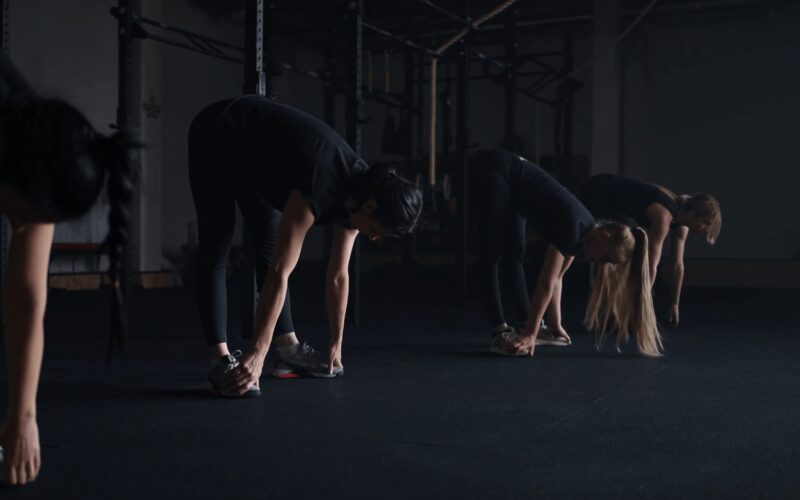
A proper warm-up prepares your muscles and joints for the calisthenics exercises, reducing the risk of injury. Warming up increases blood flow to your muscles, making them more pliable and ready for the intense workout ahead. It also helps mentally prepare you for the workout, setting a focused and positive tone.
Jumping Jacks – 2 minutes
Jumping jacks are a fantastic way to get your heart rate up and start warming up your entire body. This simple calisthenics exercise helps increase circulation and warms up the muscles in your legs, arms, and core.
Arm Circles – 1 minute in each direction
Arm circles help loosen up your shoulder joints and increase mobility in your upper body. By performing arm circles, you also engage the muscles in your shoulders and arms, preparing them for more strenuous activities. This exercise is especially beneficial if your calisthenics workout includes upper-body movements like push-ups and pull-ups.
Leg Swings – 1 minute each leg
Leg swings are excellent for warming up the hip joints and muscles in your legs. This dynamic movement helps improve your range of motion and prepares your lower body for calisthenics exercises like squats and lunges.
Bodyweight Squats – 2 sets of 15 reps
Bodyweight squats are a great way to engage your lower body muscles and increase blood flow to your legs. This calisthenics exercise helps activate the muscles in your quads, hamstrings, and glutes, preparing them for more intense workouts. Squats also help improve your overall balance and coordination.
Dynamic Stretching – 5 minutes
Dynamic stretching involves moving parts of your body through a full range of motion. This type of stretching helps improve flexibility and muscle function, reducing the risk of injury. Spend a few minutes performing dynamic stretches for all major muscle groups, focusing on areas that will be heavily used in your calisthenics workout.
Calisthenics Workout
Rest for 30-60 seconds between sets to allow your muscles to recover.
1. Push-Ups
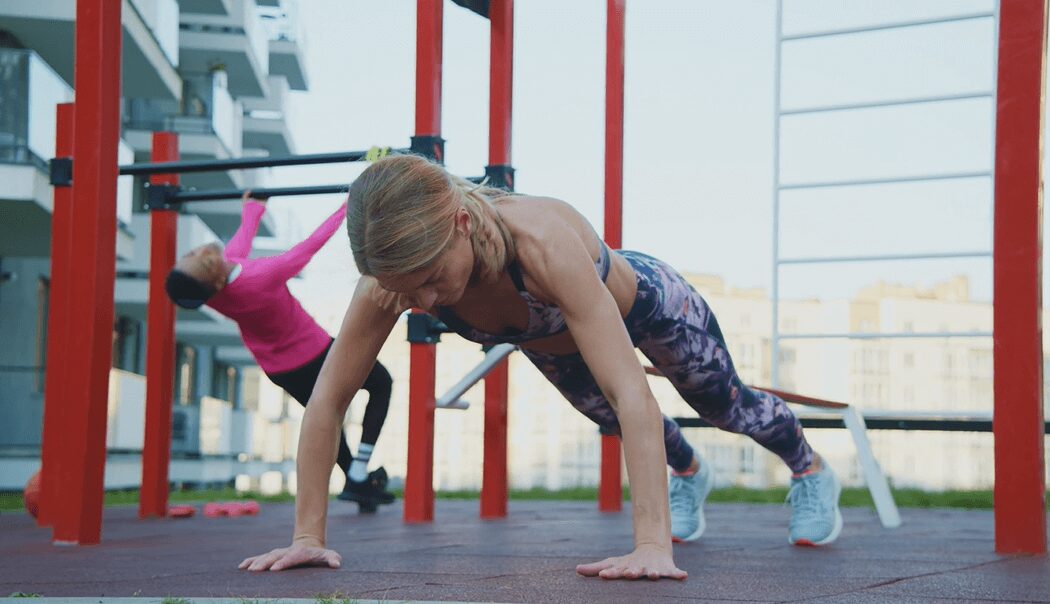
| Exercise | Sets and Reps | Description |
|---|---|---|
| Standard Push-Up | 3 sets: 10-15 reps | Keep your body in a straight line from head to heels, and lower yourself until your chest nearly touches the floor. Push back up to the starting position, engaging your core throughout the movement. If you’re a beginner, you can start with knee push-ups and gradually progress to standard push-ups. |
| Incline Push-Up | 3 sets: 10-15 reps (use a bench or step) | Place your hands on a raised surface and perform push-ups as usual. This variation reduces the load on your upper body, making it easier than standard push-ups. Incline push-ups are great for building strength if you’re working up to doing regular push-ups. |
| Decline Push-Up | 3 sets: 10-15 reps (feet elevated) | Elevate your feet on a bench or step and perform push-ups. This variation increases the difficulty by shifting more weight to your upper body. Decline push-ups are excellent for targeting the upper chest and shoulders. |
2. Pull-Ups
| Exercise | Sets and Reps | Description |
|---|---|---|
| Standard Pull-Up | 3 sets: 5-10 reps | Grip the bar with your palms facing away from you and pull your body up until your chin is over the bar. Lower yourself back down with control. If you find pull-ups difficult, you can use resistance bands for assistance or perform negative pull-ups, where you focus on the lowering phase. |
| Chin-Up | 3 sets: 5-10 reps | Grip the bar with your palms facing you. This variation targets the biceps more than standard pull-ups. Perform the same movement. Chin-ups are a great way to build bicep strength while still working your back muscles. |
| Wide-Grip Pull-Up | 3 sets: 5-10 reps | Use a wider grip to emphasize the muscles in your upper back and shoulders. This variation is more challenging and helps build a broader back. Focus on maintaining good form and control throughout the movement. |
3. Dips
| Exercise | Sets and Reps | Description |
|---|---|---|
| Parallel Bar Dips | 3 sets: 10-15 reps | Use parallel bars to perform dips, lowering your body until your arms are at a 90-degree angle, then pushing back up. Keep your body upright to focus on the triceps, or lean slightly forward to engage the chest muscles more. |
| Bench Dips | 3 sets: 10-15 reps (use a bench or chair) | Place your hands on a bench or chair behind you and lower your body until your arms are at a 90-degree angle. Push back up to the starting position. Bench dips are a great alternative if you don’t have access to parallel bars and are also easier for beginners. |
4. Squats
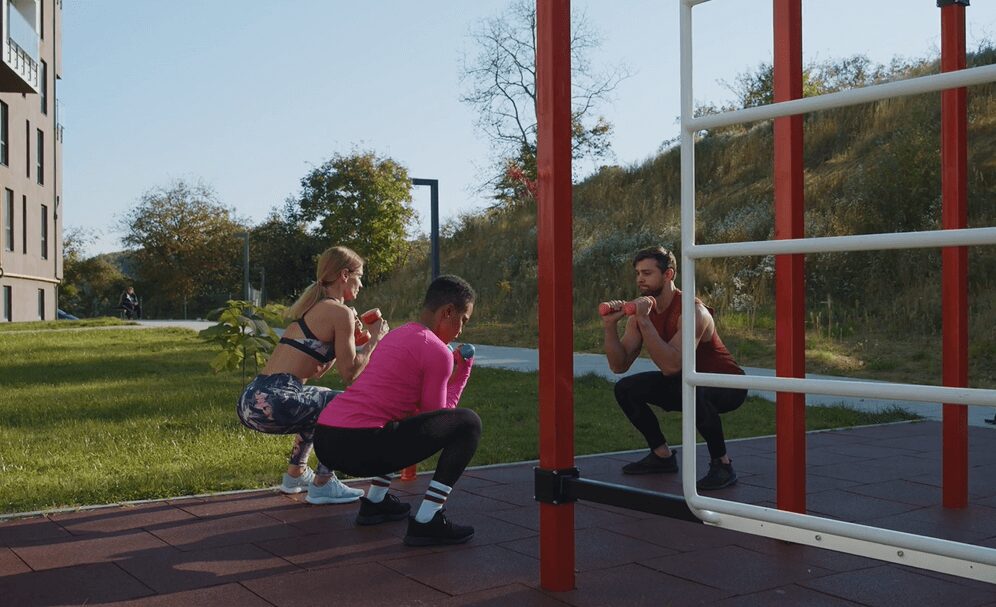
| Exercise | Sets and Reps | Description |
|---|---|---|
| Bodyweight Squat | 3 sets: 15-20 reps | Stand with your feet shoulder-width apart, lower your body as if you’re sitting in a chair, and then stand back up. Keep your chest up and your knees tracking over your toes. Bodyweight squats are great for beginners and can be modified with added resistance for more advanced exercisers. |
| Jump Squat | 3 sets: 10-15 reps | Perform a squat and then jump explosively as you rise. Land softly and immediately go into the next squat. Jump squats add a plyometric element, increasing the intensity and helping to build power in the legs. |
| Pistol Squat | 3 sets: 5-10 reps for each leg | A challenging one-legged squat that requires balance and strength. Lower your body on one leg while keeping the other leg extended in front of you. Pistol squats are advanced and require significant strength and flexibility, so start with assisted variations if needed. |
5. Lunges
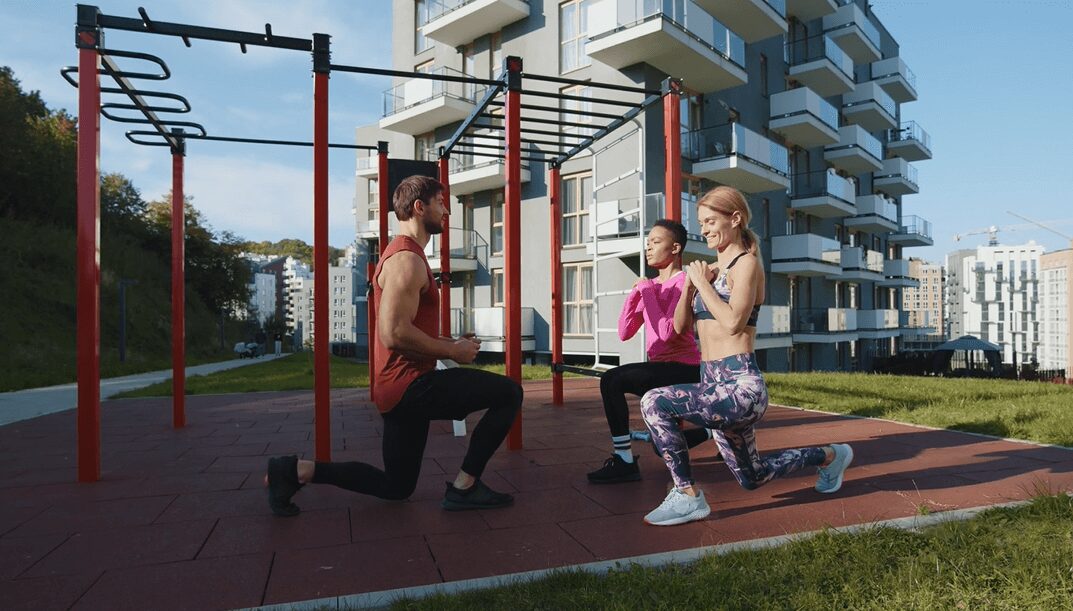
| Exercise | Sets and Reps | Description | Target Muscles |
|---|---|---|---|
| Forward Lunge | 3 sets: 10-15 reps for each leg | Step forward with one leg, lower your hips until both knees are bent at 90-degree angles, and then push back to the starting position. | Quads and Glutes |
| Reverse Lunge | 3 sets: 10-15 reps for each leg | Step backward with one leg, lower your hips until both knees are bent at 90-degree angles, and then return to the starting position. | Glutes and Hamstrings |
| Side Lunge | 3 sets: 10-15 reps for each leg | Step to the side with one leg, lower your body while keeping the other leg straight, and then return to the starting position. | Inner and Outer Thighs |
6. Plank
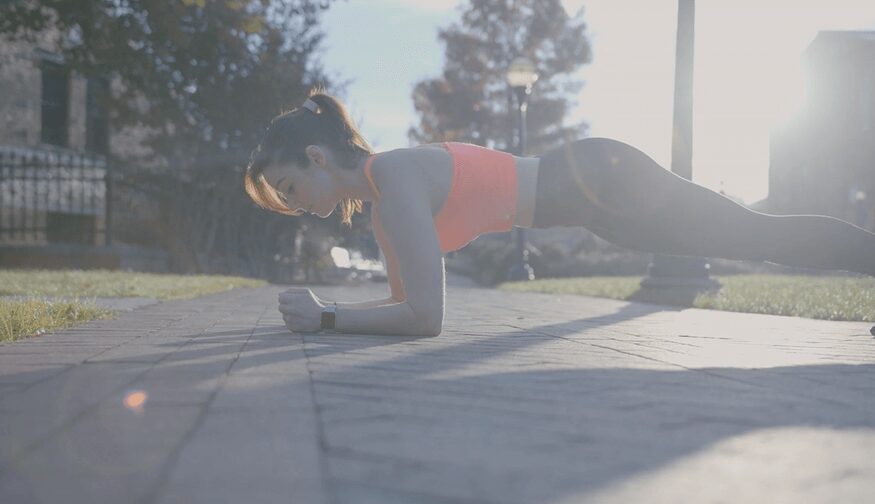
| Exercise | Description |
|---|---|
| Standard Plank | Hold for 1 minute. Position yourself on your forearms and toes, keeping your body in a straight line from head to heels. Hold this position, engaging your core and avoiding any sagging or arching. The standard plank is a fundamental core exercise that helps build stability and strength. |
| Side Plank | Hold for 30 seconds on each side. Lie on your side and lift your body onto one forearm and the side of your foot, keeping your body in a straight line. Hold this position, engaging your obliques. Side planks target the muscles along the side of your torso and help improve overall core strength. |
| Plank with Leg Lift | 3 sets of 10 reps each leg. While holding a standard plank, lift one leg at a time, keeping it straight. This variation adds an extra challenge to your core and engages your glutes and lower back muscles. |
7. Leg Raises
| Exercise | Sets & Reps | Description |
|---|---|---|
| Hanging Leg Raise | 3 sets: 10-15 reps | Hang from a pull-up bar and lift your legs until they are parallel to the ground. Lower them back down with control. Hanging leg raises are challenging and highly effective for building lower ab strength. |
| Lying Leg Raise | 3 sets: 15-20 reps | Lie on your back with your legs straight, lift them towards the ceiling, and lower them back down without letting them touch the ground. Lying leg raises are great for beginners and can be modified by bending the knees. |
| Flutter Kicks | 3 sets: 30 seconds | Lie on your back with your legs extended, and alternate lifting and lowering each leg in a quick, fluttering motion. Flutter kicks are excellent for building endurance in the lower abs and hip flexors. |
Cool Down
Cooling down helps your muscles recover and reduces soreness. It also helps gradually lower your heart rate and prevents blood from pooling in your extremities. A proper cool-down can improve flexibility and reduce the risk of injury.
Light Jog or Walk – 5 minutes
Static Stretching – 10 minutes (focus on all major muscle groups)
Static stretching involves holding a stretch for 20-30 seconds without movement. Focus on stretching all major muscle groups, particularly those that were heavily used during the workout. Stretching helps improve flexibility and reduce muscle tension.
Deep Breathing Exercises – 5 minutes
In Summary
Calisthenics is all about mixing different exercises that hit every major muscle group, giving you a full-body workout. The trick to getting the most out of it? Stay consistent, focus on your form, and listen to your body.
Related Posts:
- The 10 Best Bodyweight Back Exercises - The Ultimate Workout
- You Like a Meal-Replacing Smoothie? Try Vanilla Chai…
- No Equipment Arm Workout - 6 Exercises to Try at Home
- Short on Time? Try This Killer 5-Minute Ab Workout
- Cable Lateral Raises for Beginners - Ultimate Guide 101
- Barbell Front Raises 101 - The Ultimate Guide


